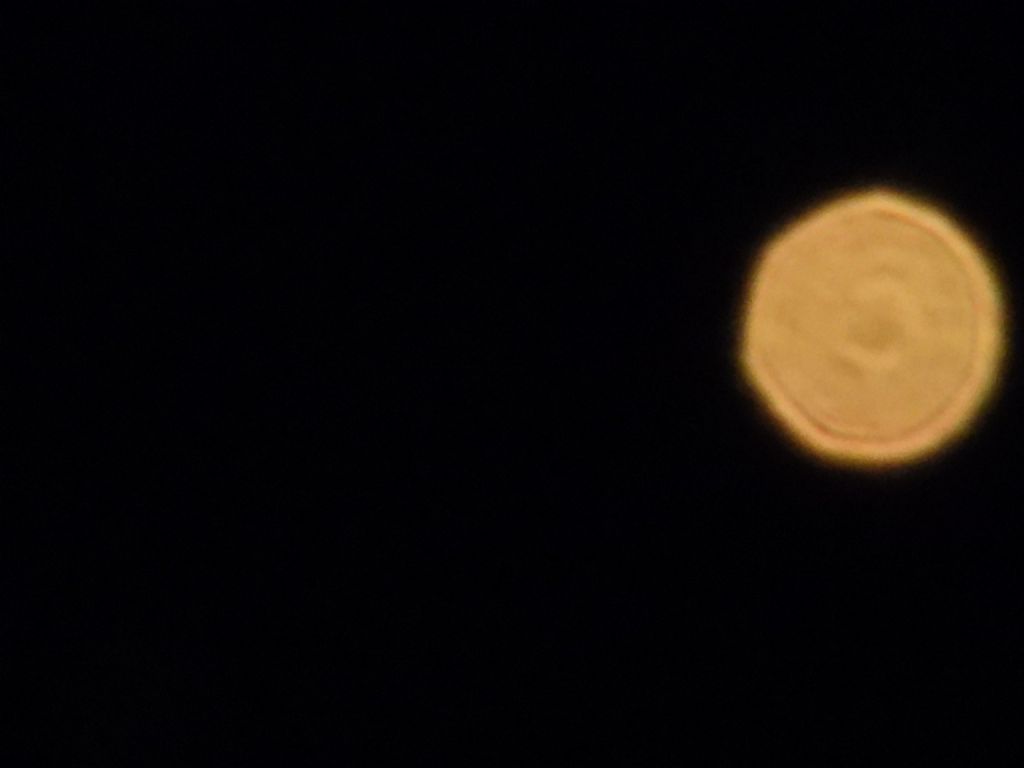Posted by Steviegtr on 27/06/2020 13:21:12:
Posted by Neil Wyatt on 27/06/2020 11:15:16:
Also, Steve,have a shot at Jupiter and Saturn they are low down but your rig should easily show Jupiter's bands and Saturn's rings.
Later in the year Mars will be much higher and pretty large so a good target too.
Neil
Neil thank you for all those links & help. I will take a look at them. Some of my pics have been taken in raw image so i can enhance. I have Photoshop & Luminar 4 on the p.c so will have a play & see if i can improve. I watched a few of the Lady from Ohio doing moon & star shots on youtube. Diversity J. She always talks of stacking. She has a nice motor drive tracker on hers.
I have learned to become thick skinned to the Sniper comments. Maybe it's some folks vocation in life. Never mind. I will persevere.
The tripod is pretty rock steady without any wind around. The main problem is the flagged area has a few wobbly areas so i have to tread carefully.
A friend has a theodolite & wooden tripod of which i could give a try at some point. Just the tripod that is.
Regards.
Steve.
What an interesting camera! I guess the main advantage of an extreme zoom lens is the ability to trot around without a ton of equipment and take lots of opportunistic short and long range shots. Zoom flexibility is why I favour my Bridge Camera over an SLR when out and about.
Not all is wonderful with zooms though as Steve is finding out! Blurry noisy pictures due to shake, atmospheric turbulence, and poor light gathering (because the lens is limited by aperture and complex optics.) For moon shots it won't compete with a camera carefully matched to a telescope on an equatorial mount.
Shake is reduced by a rigid mount, but relatively poor light gathering means pictures take long enough for the moon to move during the exposure whilst the camera winds up the sensitivity (and becomes noisy). Add atmospheric turbulence and it's hard to get a really good picture with single shot. Frame stacking is excellent for this work. A large number of images are averaged to remove noise and reduce turbulence, maybe realigning as well. Once Stacking software is understood it's easier than messing with Raw and delivers better results.
A big advantage of digital cameras are their built-in settings optimised for particular circumstances. Have you tried the camera's 'Moon Mode' yet Steve? Also, does your Manfrotto have a hook under the head? – if so, it's for hanging a heavy bag underneath to drop the centre of gravity and reduce wobble. It also helps to shorten tripod legs as much as possible, even if you have to sit in a puddle.
The P1000 isn't a camera I'd buy for astronomy, but I'd sure have fun with one! Should perform very well at more ordinary zooms.
Dave
Edited By SillyOldDuffer on 27/06/2020 14:45:00
 Steviegtr.
Steviegtr.





